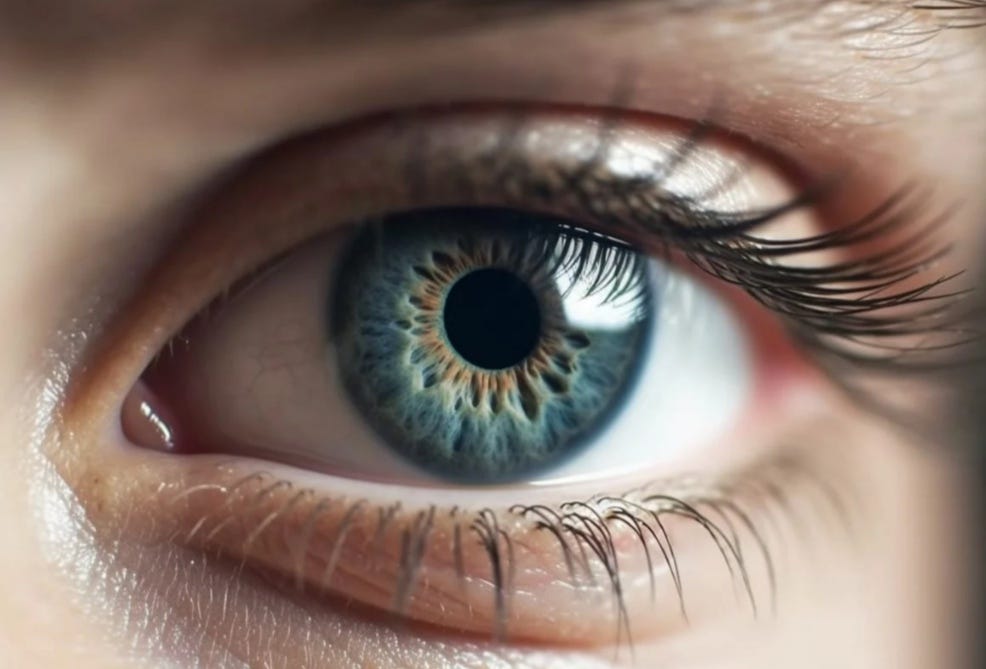In a discovery that could change how we understand human vision, a group of researchers in the United States says they have seen a colour no one has ever seen before.
The team used carefully targeted laser pulses to stimulate specific cells in their eyes, which they claim led them to experience a unique colour they named "olo".
The colour according to BBC was described as a mix between blue and green, but more intense than anything found in nature.
The scientists involved in the research believe this could lead to deeper understanding of how the eye processes colour and even offer new hope for those living with colour blindness.
The experiment was carried out by a team from the University of California, Berkeley and the University of Washington.
Five people, including four men and one woman, took part in the study.
Three of them, including Professor Ren Ng, co-authored the research.
Ng described the moment of discovery as “remarkable” and said he had never seen a colour like it before.
"It’s more saturated than any colour that you can see in the real world," said Prof Ng, speaking to BBC Radio 4’s Today programme.
He compared the experience to living a life where one only sees baby pink, and then suddenly seeing a much deeper version of it that changes everything you thought you knew about colour.
During the trial, each participant looked into a specially designed machine called Oz.
This device used lasers, mirrors, and optical parts to focus light precisely on certain cells in the retina, the part of the eye responsible for detecting light and sending visual signals to the brain.
The human retina contains cone cells that help us see colour.
There are three types: S, M, and L, which respond to blue, green, and red light, respectively.
Under normal conditions, when one of these cells is triggered, it overlaps with the others, and this combination gives us our full range of colour vision.
But in this study, the researchers managed to isolate and stimulate only the M cones, which normally respond to green light.
Because the laser did not activate the neighbouring S or L cones, the brain received a signal it had never encountered before, one that doesn’t occur naturally.
This, they say, created the new visual experience called olo.
After seeing the colour, participants were asked to match it using a controllable dial to make sure everyone had a consistent experience.
The researchers say this step helped confirm that they were all seeing the same colour.
Not everyone agrees with the conclusions.
Some vision experts say the results are open to interpretation.
One of them, Professor John Barbur from City, St George’s, University of London, said the findings were impressive from a technical point of view but questioned whether they really amounted to the discovery of a new colour.
He pointed out that strong stimulation of red cone cells, for instance, could produce a very deep red, and that changes in how the brain responds to this stimulation could affect the way colour is perceived, similar to what may have happened here.
Even so, the team behind the experiment remains focused on what the findings might mean.
Prof Ng said they are now studying how this could help people who are colour blind, who often struggle to tell the difference between certain colours.
Their research has been published in the journal Science Advances, and although olo may never be seen outside the lab, it opens up new ways of thinking about what the human eye might be capable of experiencing.
